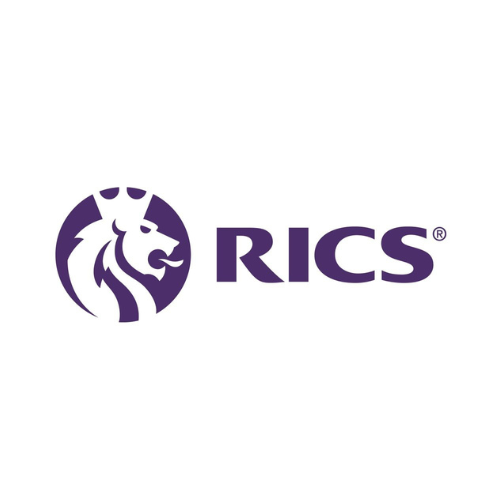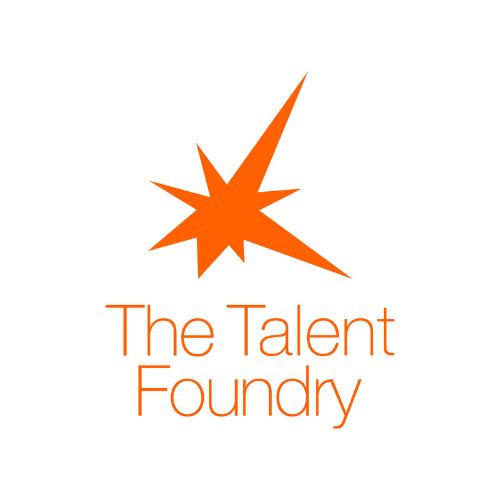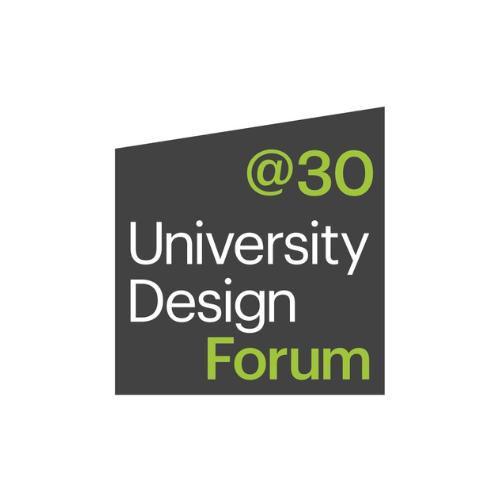Keele Digital Enterprise Centre: Achieving Sustainable Outcomes - 1 February 2021
.png/fit-in/700x9999/filters:no_upscale())
Sustainable Methods, Materials and Use
Keele’s short term objective is to become 80% carbon neutral by the end of the year. Their low carbon project will contribute to this through solar powered technology. Keele already produce 5% of their own energy using a biomass boiler and a combined heat and power engine. Use of a Smart Energy Network Demonstrator monitors energy generation, storage and distribution. This will facilitate better energy management and reduction in fossil fuel and energy waste. IC7’s upper floor consists of a series of flexible teaching, learning and social spaces, while the ground floor has specialist spaces that support digital innovation for staff, students and external partners. Being a new build, the brief had to be efficient and accurate to produce a building that has the biggest sustainable impact, reducing energy and heat loss. To tackle embedded carbon, locally sourced materials were used. Despite this costing more upfront, it will generate a positive impact on the building’s overall lifecycle financially.
Sustainable Transport, Connectivity and Well-being
A holistic approach has been taken in terms of powering transport. Keele have five electric vehicle charging stations, with a total of 29 electric vehicle charging points. Electric scooters can be unlocked via smartphone, and can be used both on and off campus, subject to transport regulations. To develop a sustainable building design, multiple factors were taken into consideration and input into an algorithm; Webinar Review HLM have developed their own tool for measuring sustainability; their three-part digital toolkit provides insight into the brief; health checks for assessing, and ongoing developmentThe publisher is unable to take responsibility for the views and opinions expressed by contributors. Any advice, opinion or information contained is published only on the footing that the Publisher, and all contributors to this article shall be under no liability whatsoever in respect of contents. 287 iterations were run to establish optimal building performance. Factors included: natural lighting, acoustics, comfort, heating, indoor air quality and ventilation, and visibility to green surroundings. The WELL Building Standard was a useful tool in establishing these factors; it’s important to consider how users experience the space, inclusivity and accessibility.
Monitoring Progress and Next Steps
HLM have developed their own tool for measuring sustainability; their three-part digital toolkit provides insight into the brief; health checks for assessing, and ongoing development. Additionally, feedback has been gathered from stakeholders. Surveys have evaluated qualitative and quantitative aspects of space. Use of online platforms allow designers to test progress against the different metrics. There is also an emphasis on the importance of gathering post-occupancy evaluation, to determine whether the building’s performance meets its defined outcomes.

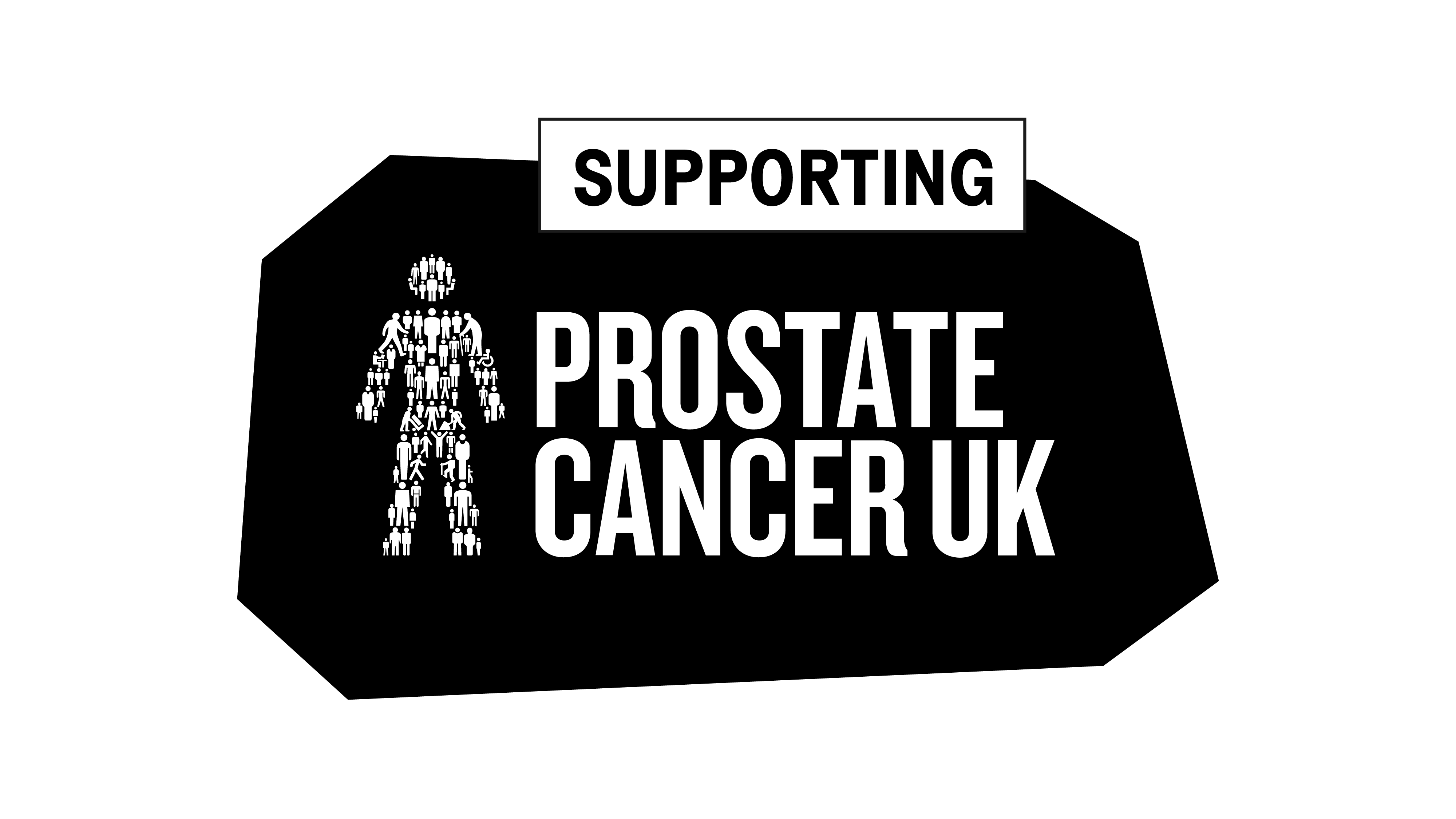
.png)



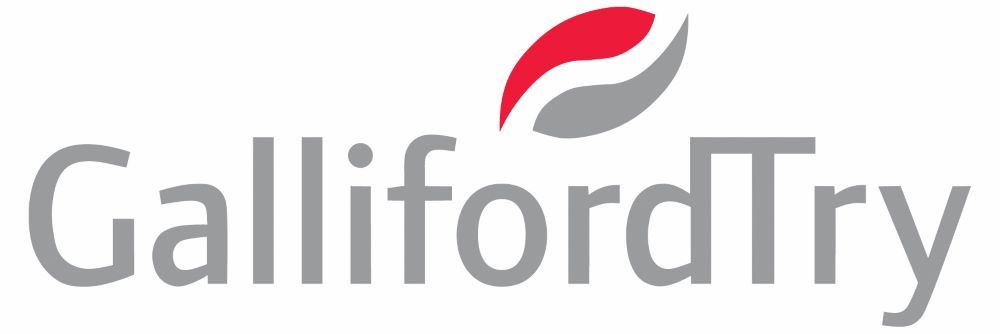

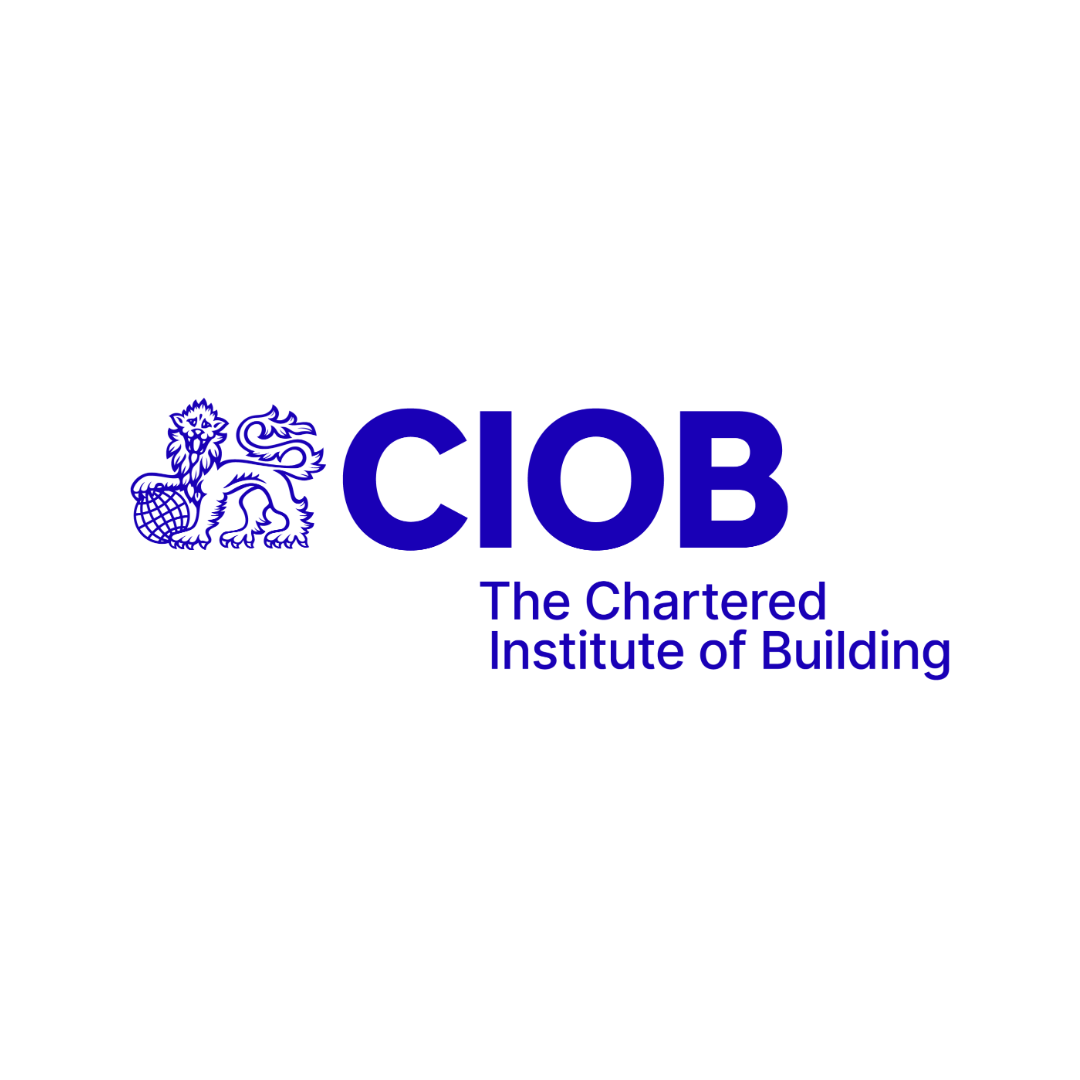

.png)
.png)
.png)
